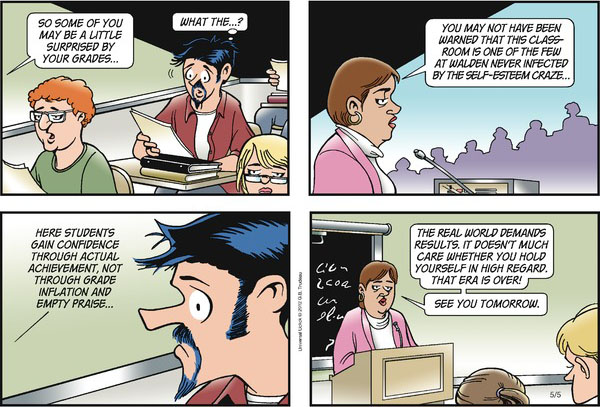Final Project
Description:
Your final project will be a work of journalism. That is, it will tell a story, (ideally
a compelling story) not simply
document an event, or demonstrate your technical proficiency in video editing. It should take us somewhere we haven't
been, tell us something we didn't know, introduce us to someone interesting,
explore an issue, tell a backstory, or provide an enlightening or amusing
insight. There needs to be
an element of creativity to the storytelling, an interesting angle or focus, a
clever presentation of a problem, or issue, or person.
There is no set length for the final project, but most will generally
run between 2:00 and 4:00 minutes.
The final project will also typically incorporate all three aspects of
visual storytelling explored in class over the semester: still photography,
audio production, and video shooting and editing. Projects that do not include a video component (such as
slideshows comprised entirely of still photos, or long-form radio stories) need
prior approval of the instructor. Your multimedia presentations should be posted
to the class blog by the time of the scheduled final exam for the class, (May
18th)
Your final project blog post should include a SHORT
description or introduction in text on the page. This is what a reader would read online to pique their interest to click and watch your
video. Include your name, and any
necessary background that's not included in the video itself. You may post directly to the blog, or if you want to submit
higher quality video, post first to YouTube, Vimeo, or similar site, and then
embed the video, or provide a link.
Here's a checklist of what I will be considering as I grade
your project. (Remember your project
counts for roughly one-third of your grade!)
Technical:
1. Does your
video begin with natural sound?
2. Are your
interviews framed correctly, according to the rule of thirds? (Have you used cropping tools in iMovie
or Final Cut to correct composition, to the extent possible.)
3. Have you
made effective use of natural available light? (Subjects should be evenly lit, and not silhouetted again a
bright background)
4. Are your
shots stable? Were they shot on a
tripod, whenever possible?
5. Is the audio
clear and understandable?
6. Are the
audio levels even throughout? Is
the mix between narration and interviews, and background sound correct?
7. Did you
include any necessary graphics and or text to indentify subjects, places, or
sources of material?
8. Did you
limit the use of transitions, such as cross dissolves, to when they made sense
to show a change in time, place or mood?
9. Have you
made use of interesting visual angles, such as overhead perspectives, or ground
level shots?
10. Has the
story been exported at high enough quality to showcase your work?
Editorial:
1. Does your
story address a current issue?
Profile a person? Tell an
interesting backstory? Does it have a narrative arc?
2. Is your
story visual? That is, does the
story have natural visual aspects that make it especially suited to a visual
story telling format?
3. Do you focus
on a person or aspect of the story, that helps tell the larger story?
4. Do you begin
with your strongest visual element and/or most compelling quote or
description?
5. Are most --
if not all -- of your visual elements, images or recordings that YOU made YOURSELF?
6. Have you
properly credited any outside material either in your narration, or in on-screen
text?
7. Are your
graphics and text free of spelling and grammatical errors? Is your voiceover narration also free
of grammatical mistakes?
8. Does your
story make a point, come to a conclusion, or raise significant questions?
9. Can you
imagine seeing this story on the multi-media section of the New York Times or Washington Post?
10. Can you
imagine a viewer watching this story all the way to the end, without clicking
away?
